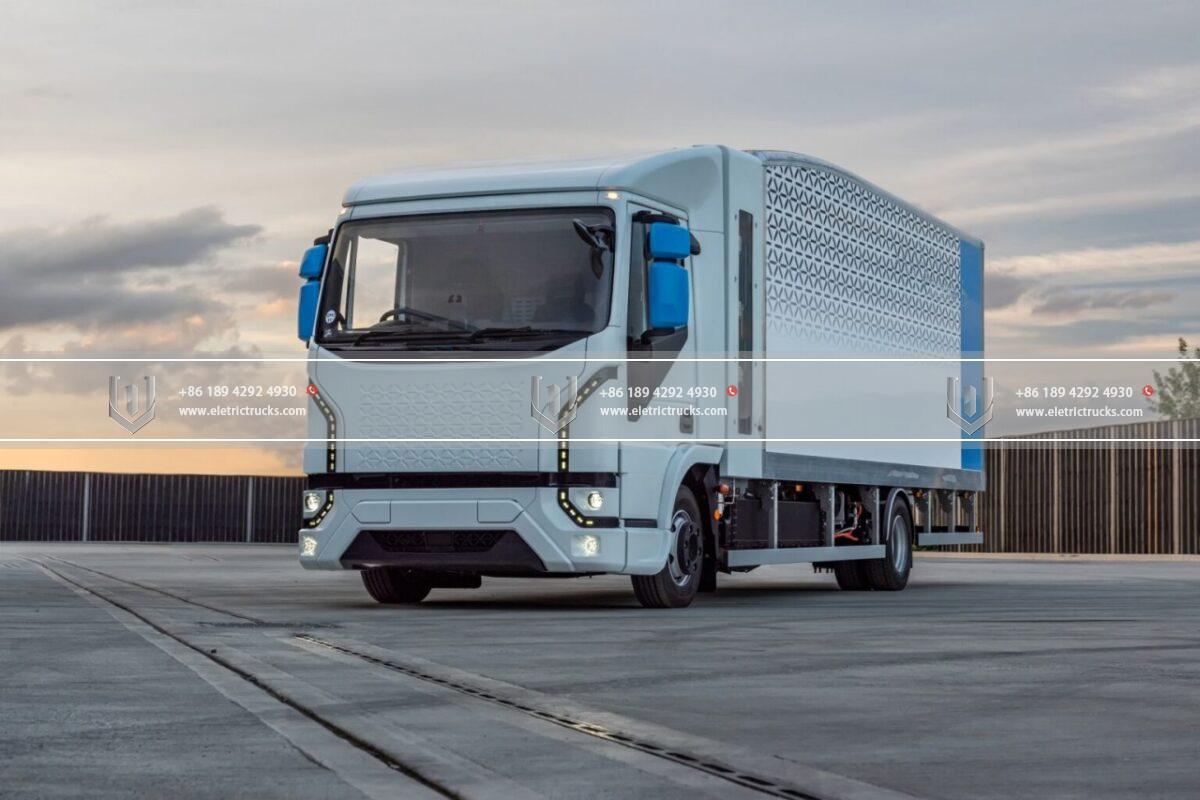Eolas trucail leictreach
Electrifying Efficiency: How Electric Trucks are Changing the Game
In recent years, there has been a significant shift towards sustainable transportation solutionS. As concerns about climate change and environmental impact continue to grow, industries are actively seeking ways to reduce their carbon footprint. One of the most promising developments in this regard is the rise of leictreachasS. These vehicles are revolutionizing the transportation industry by offering a cleaner, more efficient alternative to traditional diesel-powered truckS. In this article, we will explore the impact of leictreachass on the industry and how they are changing the game.
1. Environmental Benefits
One of the most significant advantages of leictreachass is their positive environmental impact. Traditional diesel trucks are notorious for their high carbon emissions and air pollution. LeictreachasS, Ar an láimh eile, produce zero tailpipe emissionS, significantly reducing greenhouse gas emissions and improving air quality. By transitioning to leictreachasS, companies can make a substantial contribution towards achieving their sustainability goals and reducing their overall environmental impact.
2. Éifeachtúlacht fuinnimh
Leictreachass are highly efficient compared to their diesel counterpartS. Internal combustion engines are notoriously inefficient, with a large portion of the fuel being wasted as heat. LeictreachasS, Ar an láimh eile, convert a higher percentage of the energy from the battery to power the vehicle. Leis sin, regenerative braking systems in leictreachass capture and store energy that would otherwise be wasted, further enhancing their overall efficiency. This increased efficiency not only reduces fuel consumption but also results in cost savings for businesses.
3. Cost Savings
While leictreachass may have a higher upfront cost compared to traditional truckS, they offer significant cost savings in the long run. Electric vehicles have lower operating and maintenance costs due to fewer moving parts and less complex systems compared to internal combustion engines. Thairis sin, the cost of electricity is generally lower than that of diesel fuel, resulting in lower fueling expenses. Incentives such as tax credits and grants offered by governments further help offset the initial investment, making leictreachass a financially attractive option for businesses.
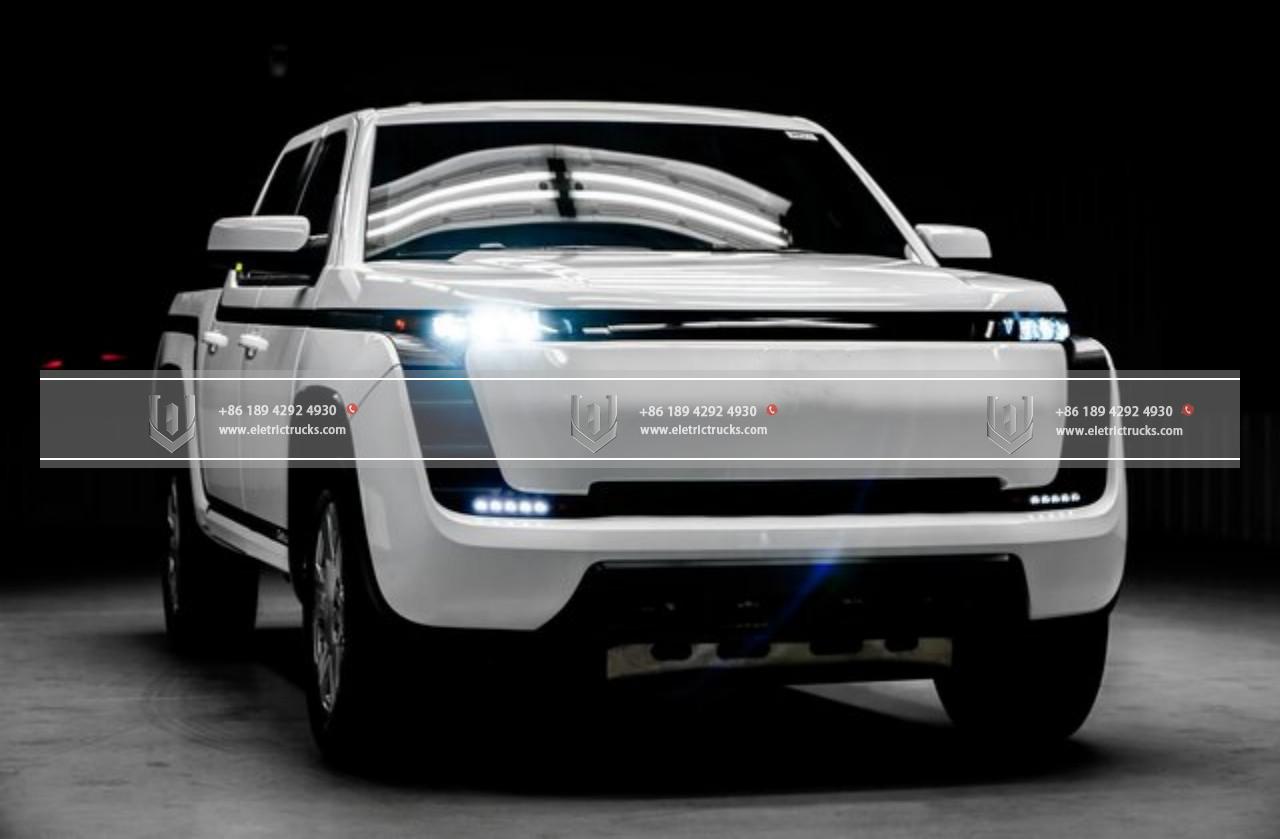
4. Noise Reduction
Another advantage of leictreachass is their reduced noise pollution. Diesel trucks are known for their loud engines, especially when accelerating or idling. LeictreachasS, Ar an láimh eile, operate quietly due to their electric motors, making them well-suited for urban environments and reducing noise pollution in residential areas. This feature not only improves the quality of life for people living near busy transportation routes but also opens up new possibilities for nighttime deliveries in areas with noise restrictions.
5. Range and Charging Infrastructure
Range anxiety, the fear of running out of battery power, has long been a concern for electric vehicle adoption. Cén dóigh faoin spéir a ...?, significant advancements in battery technology have extended the range of leictreachasS, making them suitable for long-haul transportation. Leis sin, the expansion of charging infrastructure, including fast-charging stations, is addressing the issue of charging availability and reducing charging times. With the development of innovative solutions like battery swapping is overhead catenary systems, leictreachass are poised to overcome range limitations and offer seamless long-distance transportation.
6. Vehicle Performance and Safety
Contrary to misconceptions, leictreachass are not lacking in performance. Electric motors provide instant torque, delivering quick acceleration and responsiveness, even with heavy loads. The smooth and linear power delivery of leictreachass enhances the driving experience and maneuverability. Leis sin, leictreachass often incorporate advanced safety features, including collision avoidance systems and intelligent driver assistance technologieS, further improving road safety.
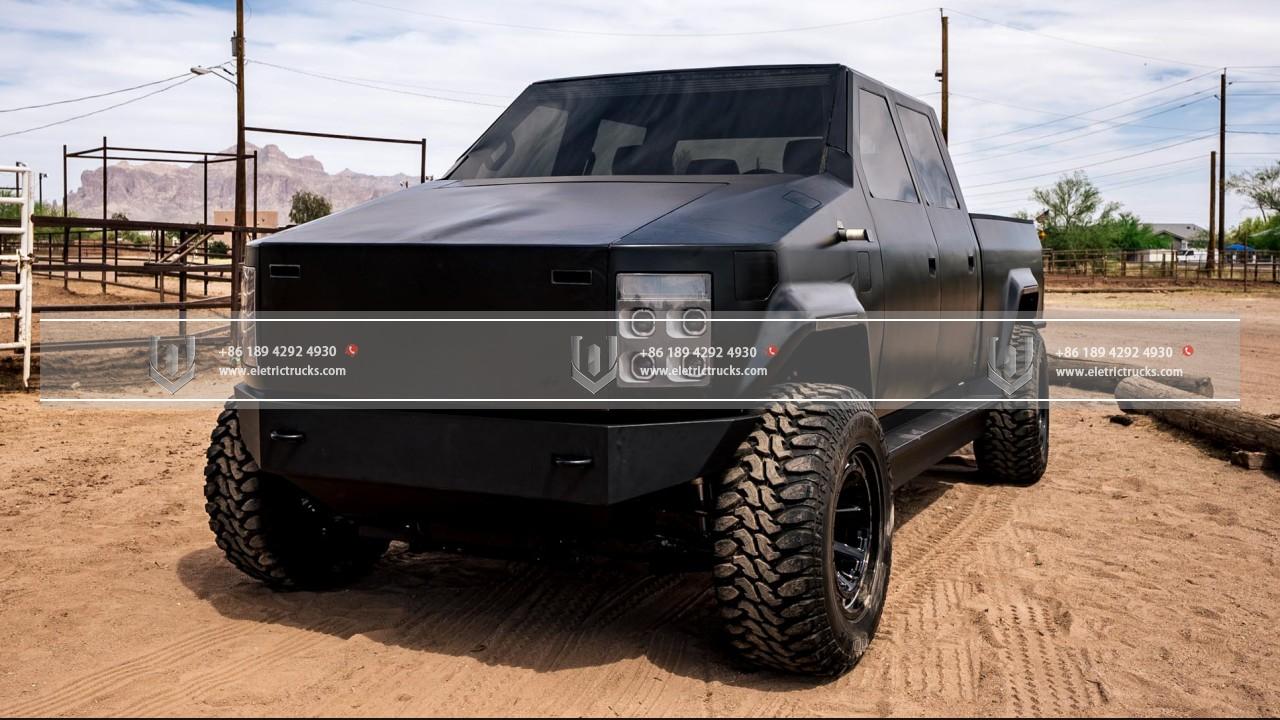
7. Industry Transformation
The adoption of leictreachass is not just a shift in technology; it represents a broader transformation of the transportation industry. The transition to leictreachass requires collaboration between manufacturers, fleet operators, and charging infrastructure providers. This collaborative effort is leading to new business models and opportunities, spurring innovation and investment in the sector. With the increased demand for leictreachasS, manufacturers are investing heavily in research and development, leading to continuous improvements in battery technology, charging infrastructure, is vehicle design.
8. Government Support and Policies
The widespread adoption of leictreachass is supported by government initiatives and policies aimed at reducing greenhouse gas emissions and promoting sustainable transportation. Many countries have implemented incentives such as tax credits, grants, and subsidies to encourage the purchase and use of electric vehicleS, including leictreachasS. These financial incentives help offset the higher upfront costs associated with leictreachasS, making them more accessible to businesses. Leis sin, governments are investing in charging infrastructure development, creating a network of charging stations to support the growing demand for leictreachasS. The support and commitment from governments play a crucial role in driving the adoption of leictreachass and accelerating the transition to a sustainable transportation system.
9. Supply Chain Sustainability
The implementation of leictreachass not only benefits the transportation industry but also has a positive impact on the entire supply chain. Many businesses are now focusing on achieving sustainability throughout their operations, including transportation. By incorporating leictreachass into their fleet, companies can reduce the carbon footprint associated with transporting goods, contributing to a more sustainable supply chain. This shift towards leictreachass also aligns with the sustainability goals of customers and end-consumers, who increasingly prefer eco-friendly products and are more likely to support businesses that prioritize environmental responsibility.
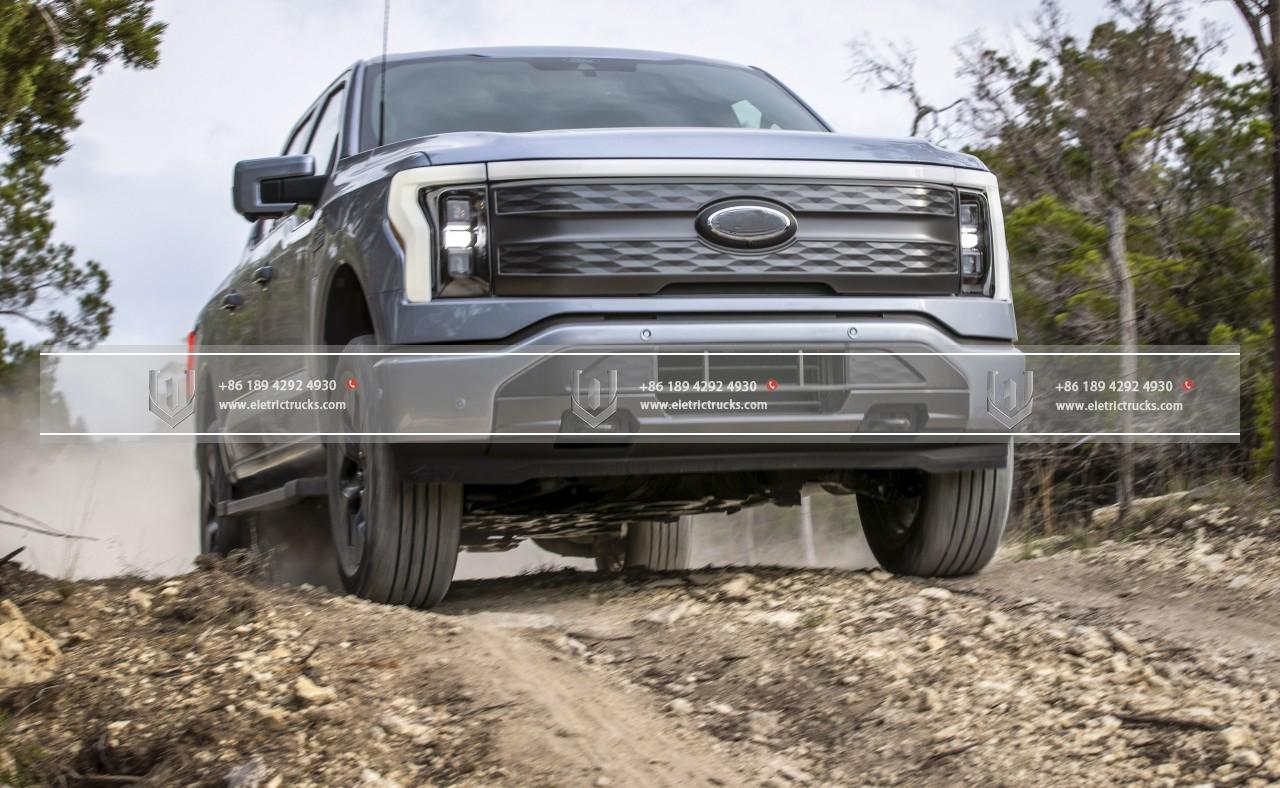
10. Global Impact
The adoption of leictreachass is not limited to a single industry or region. It has the potential to create a global impact on various sectors and contribute to the fight against climate change. The transportation industry is one of the largest contributors to greenhouse gas emissions globally, and the widespread adoption of leictreachass can significantly reduce these emissions. As more businesses and industries transition to leictreachasS, the cumulative effect will be a substantial reduction in carbon emissions, leading to cleaner air and a healthier environment. Chomh maith leis sin, the success of leictreachass can catalyze the electrification of other heavy-duty vehicleS, such as buses and construction equipment, further reducing emissions across sectors.
11. Challenges and Future Outlook
While leictreachass offer numerous advantages, there are still challenges that need to be addressed for their widespread adoption. One major hurdle is the development of an extensive and efficient charging infrastructure. Although significant progress has been made, expanding the charging network to accommodate the growing number of leictreachass on the road is essential. Leis sin, advancements in battery technology are necessary to further improve the range and charging time of leictreachasS.
The future of leictreachass looks promising, with ongoing research and development focused on enhancing their capabilities. As technology evolves, we can expect even more efficient and longer-range leictreachass to enter the market. The integration of renewable energy sources into charging infrastructure will also contribute to the sustainability of leictreachasS.
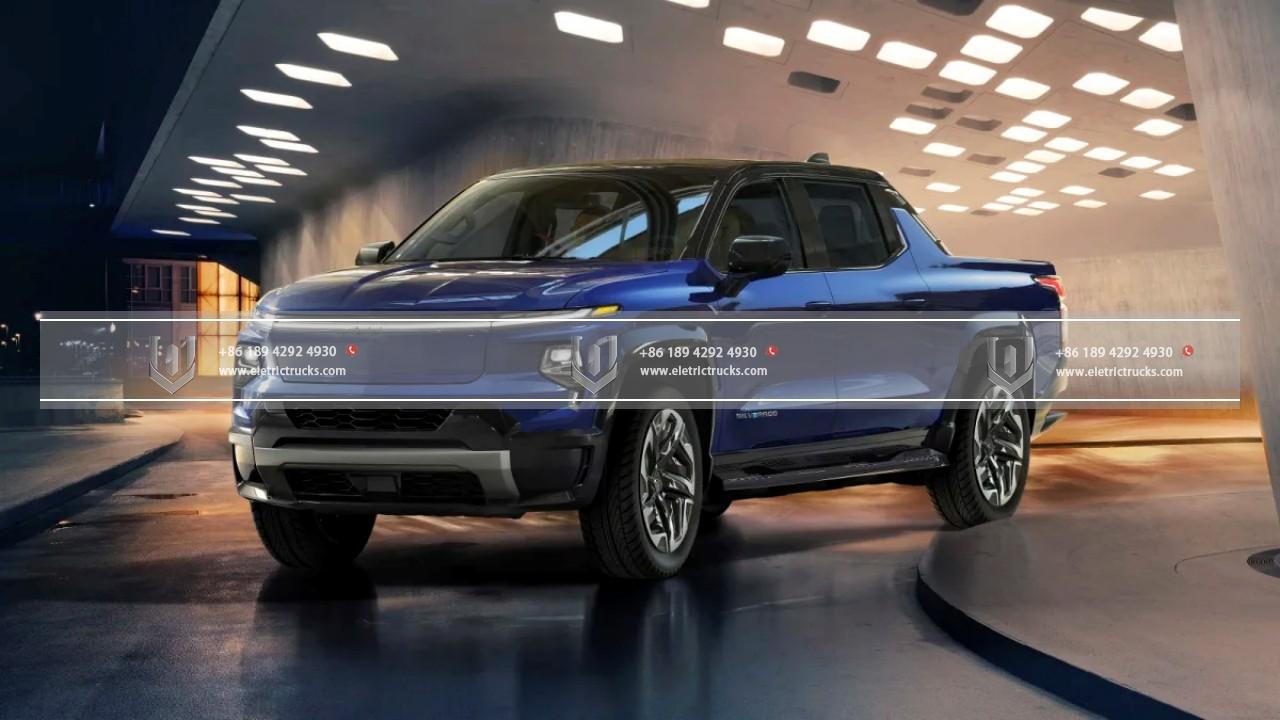
Mar fhocal scoir, leictreachass are transforming the transportation industry by providing a cleaner, more efficient, and cost-effective alternative to traditional diesel truckS. With their environmental benefits, éifeachtúlacht fuinnimh, coigilteas costais, noise reduction, extended range, and charging infrastructure developments, leictreachass are reshaping the game. As governments, businesses, and consumers increasingly prioritize sustainability, the adoption of leictreachass will continue to accelerate, driving innovation, and creating a greener and more sustainable future for the transportation industry. By embracing leictreachasS, companies can not only reduce their carbon footprint but also improve their operational efficiency and contribute to a cleaner and healthier planet. The electrification of the trucking industry represents a significant step forward in achieving a sustainable and environmentally responsible transportation system.
